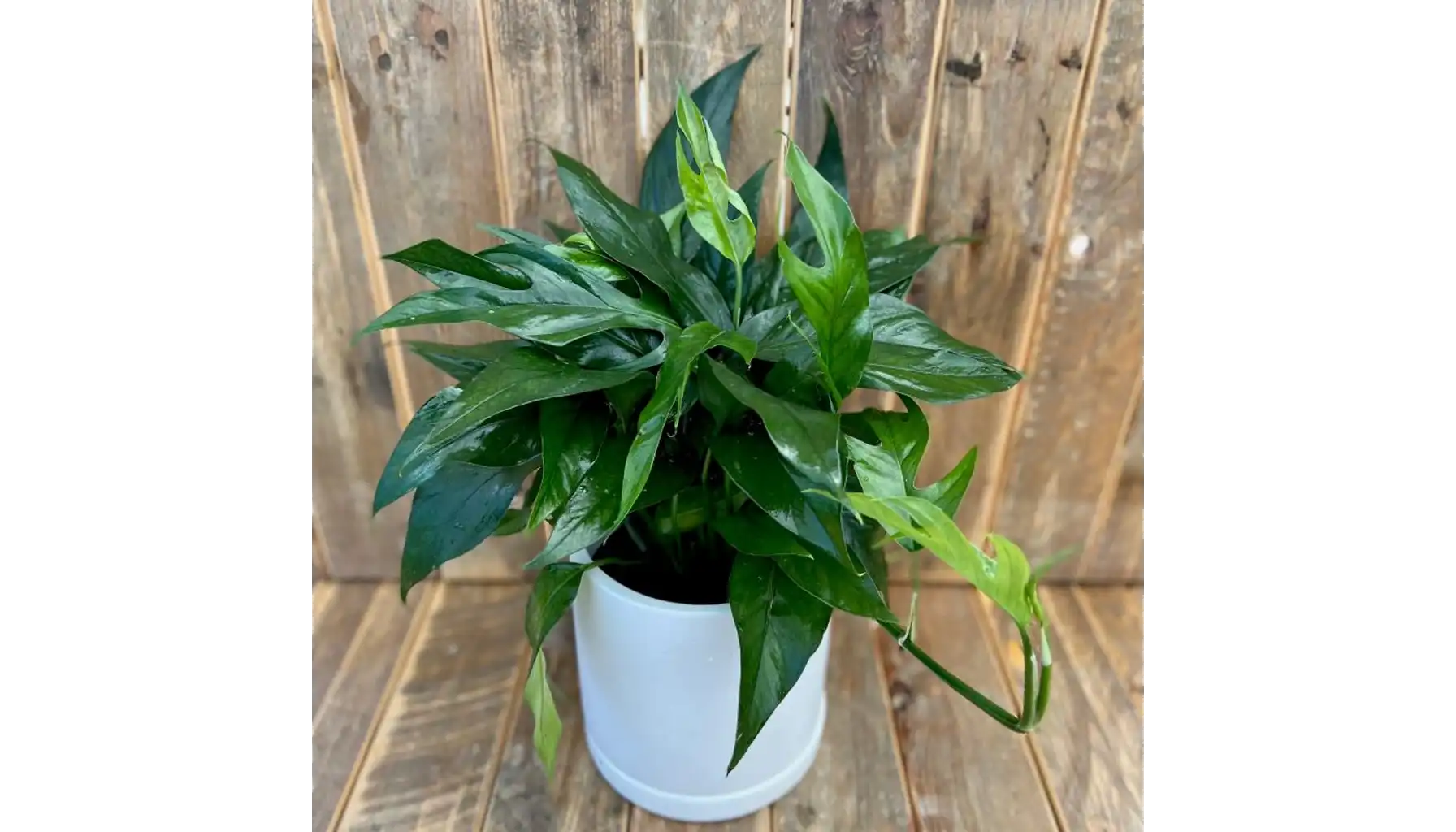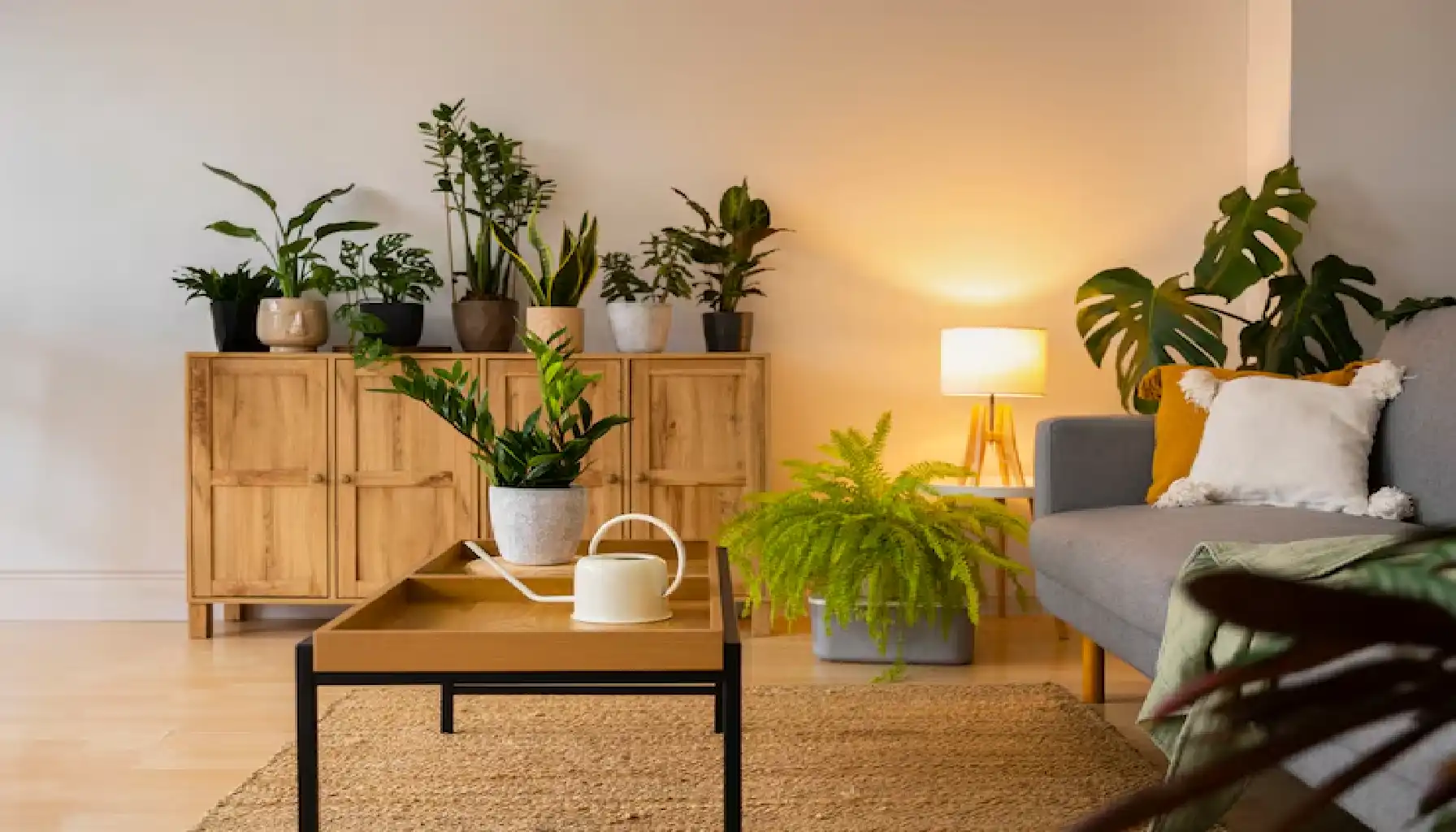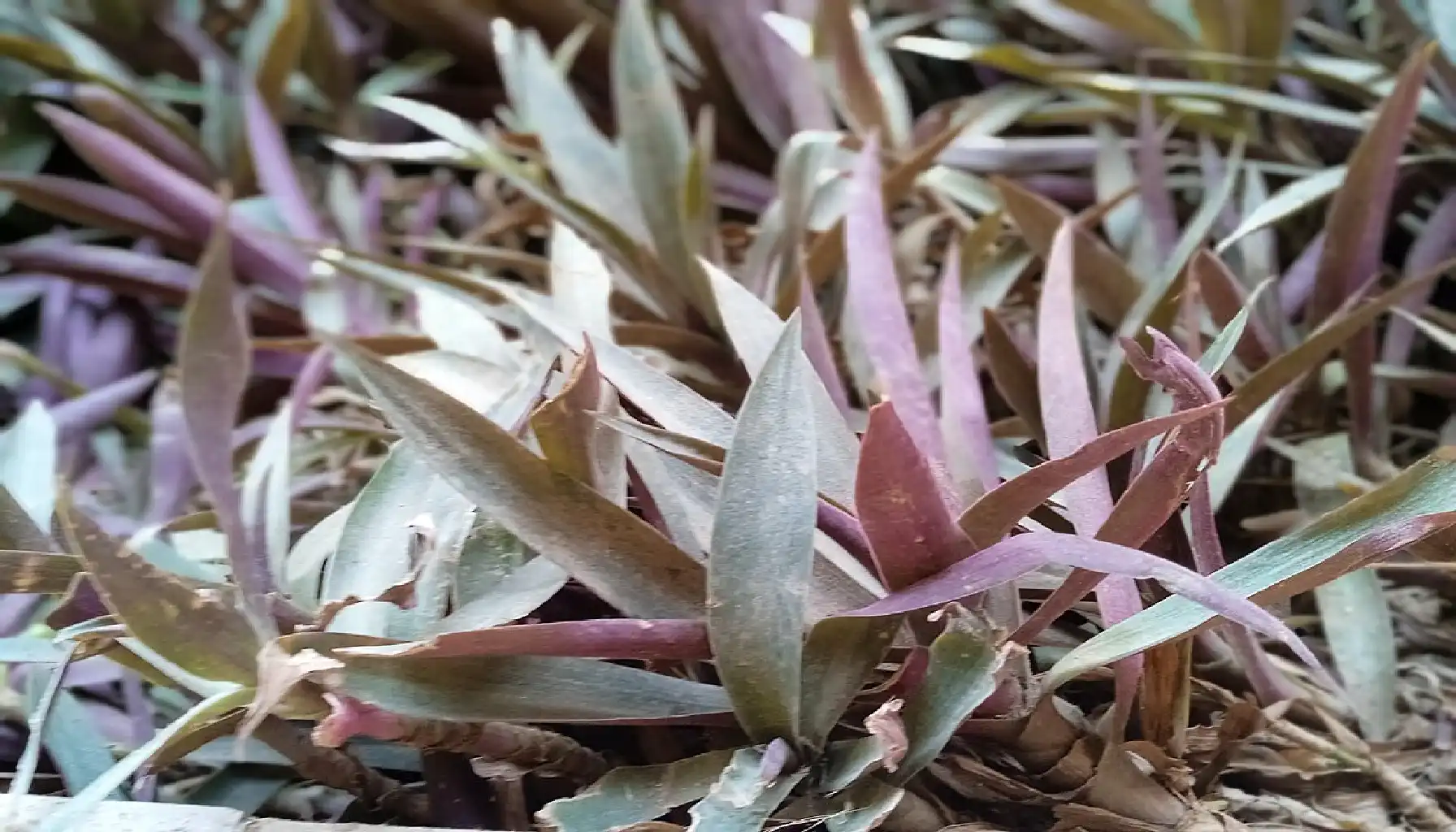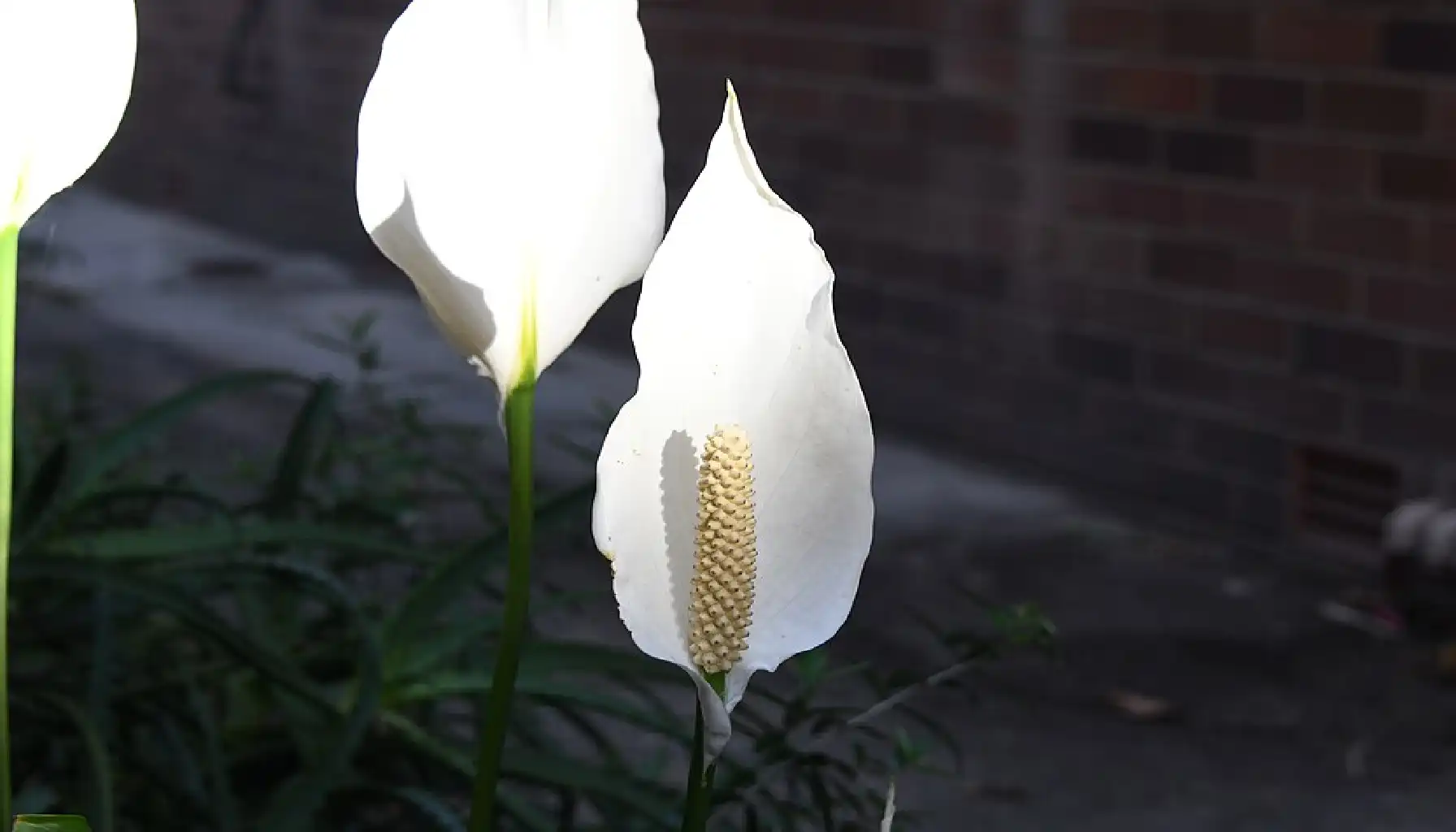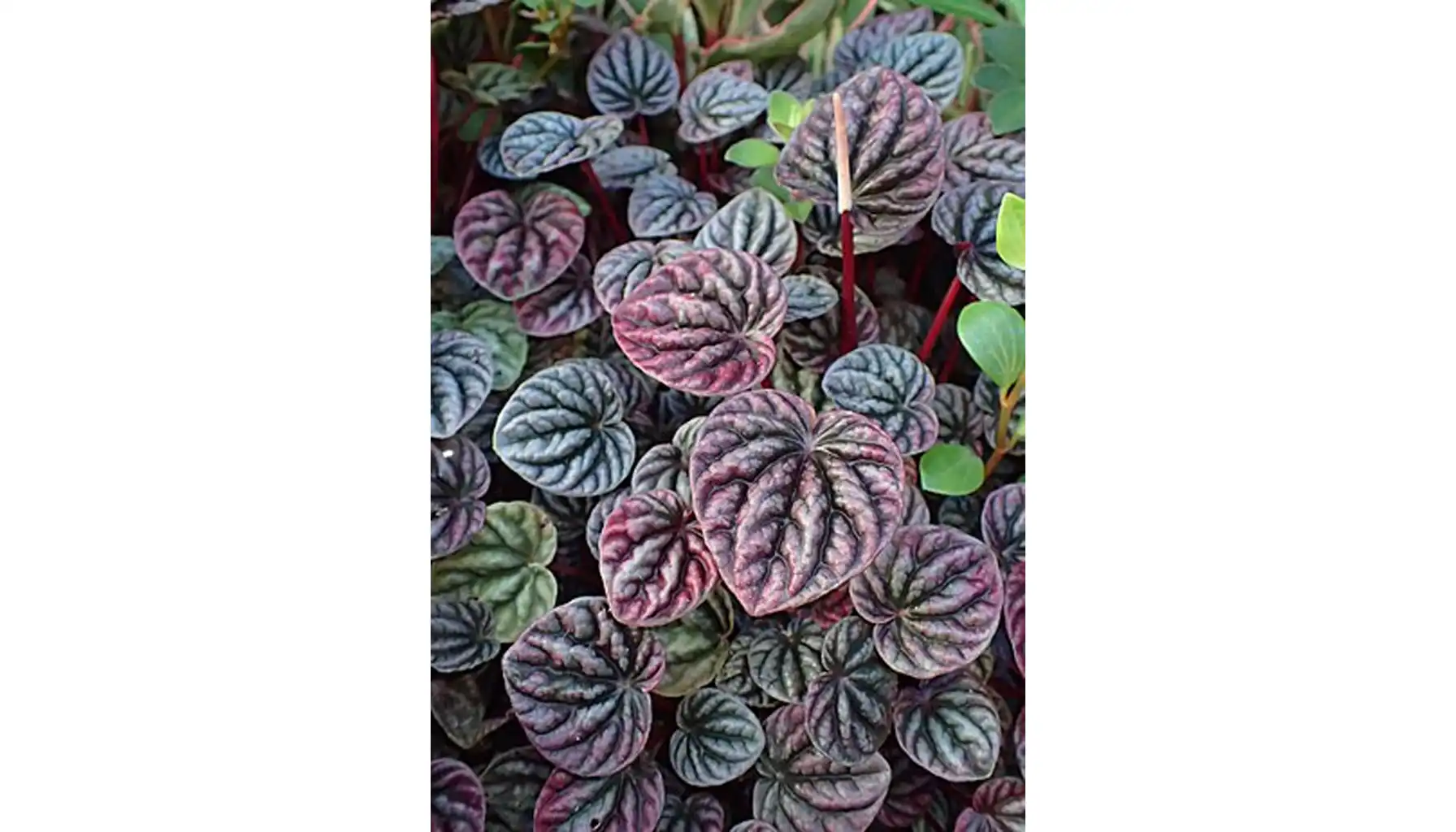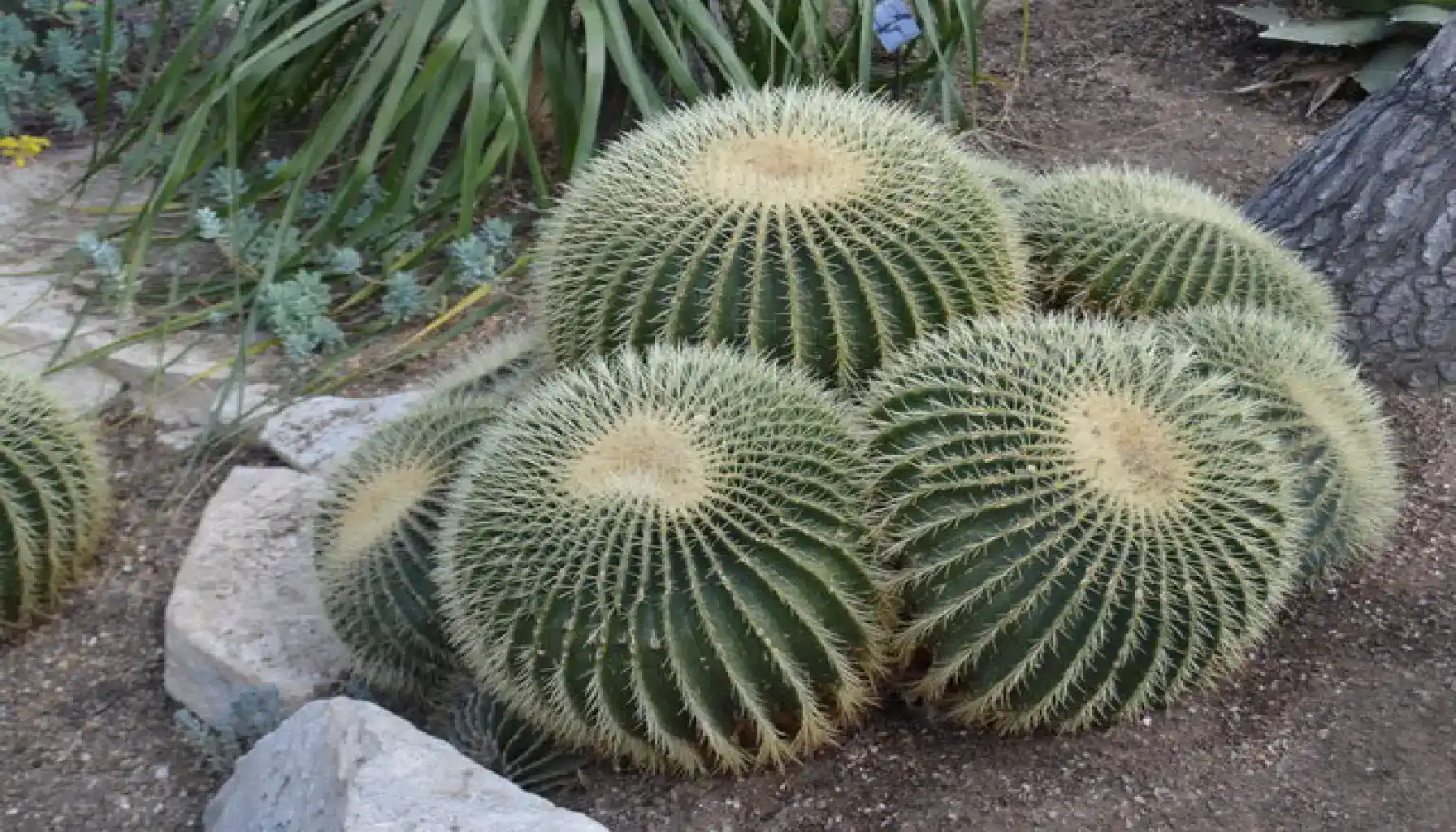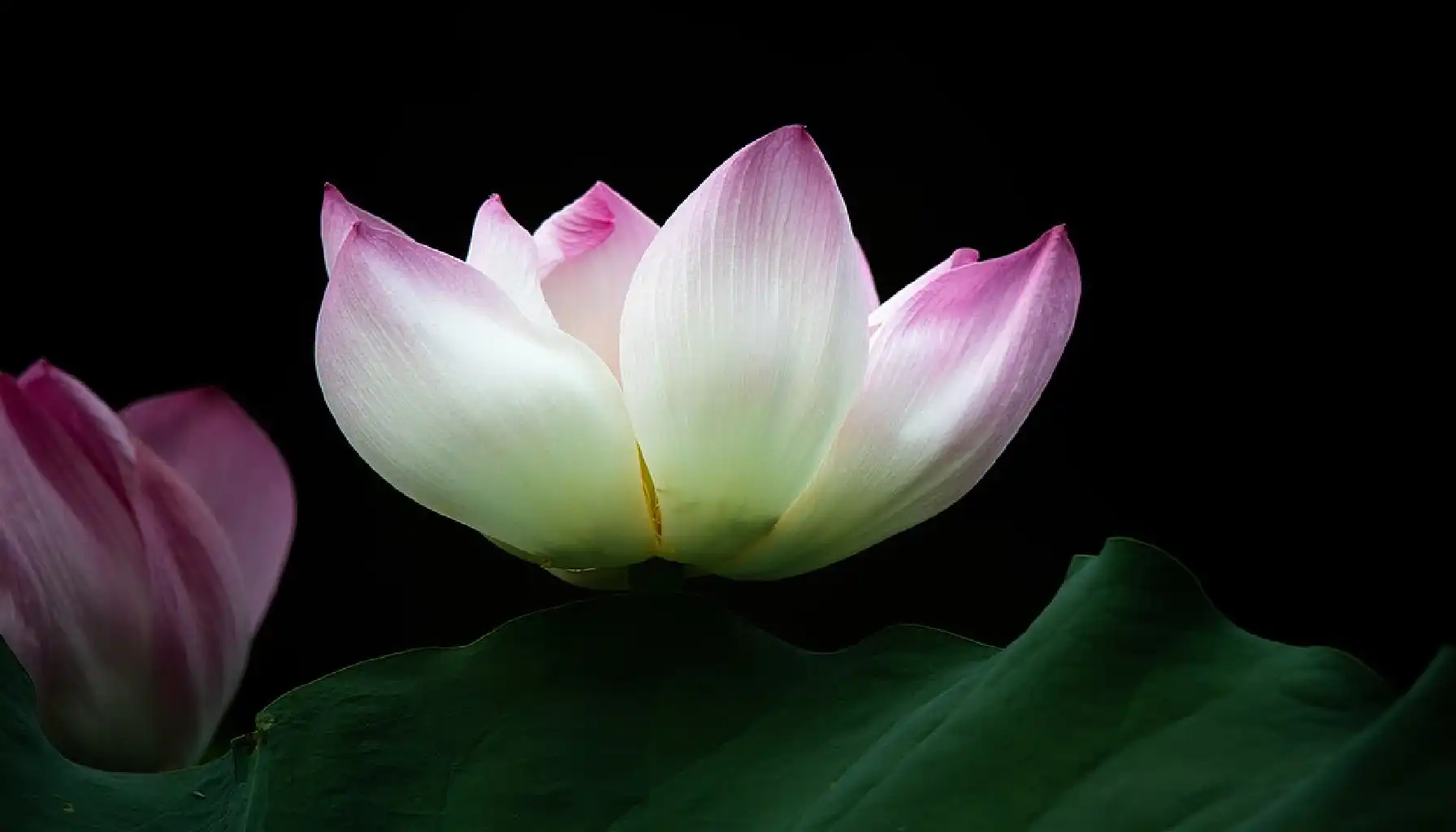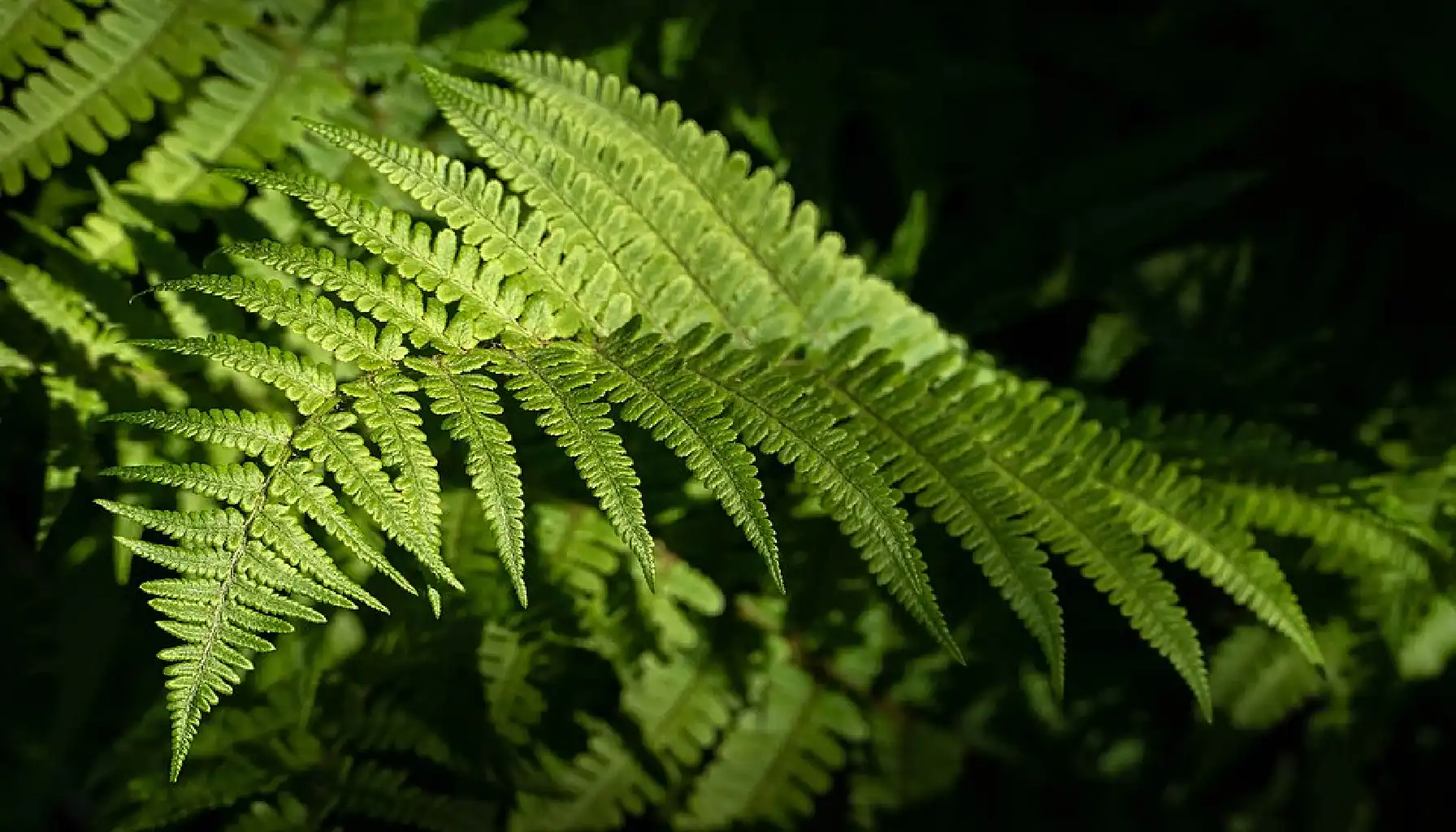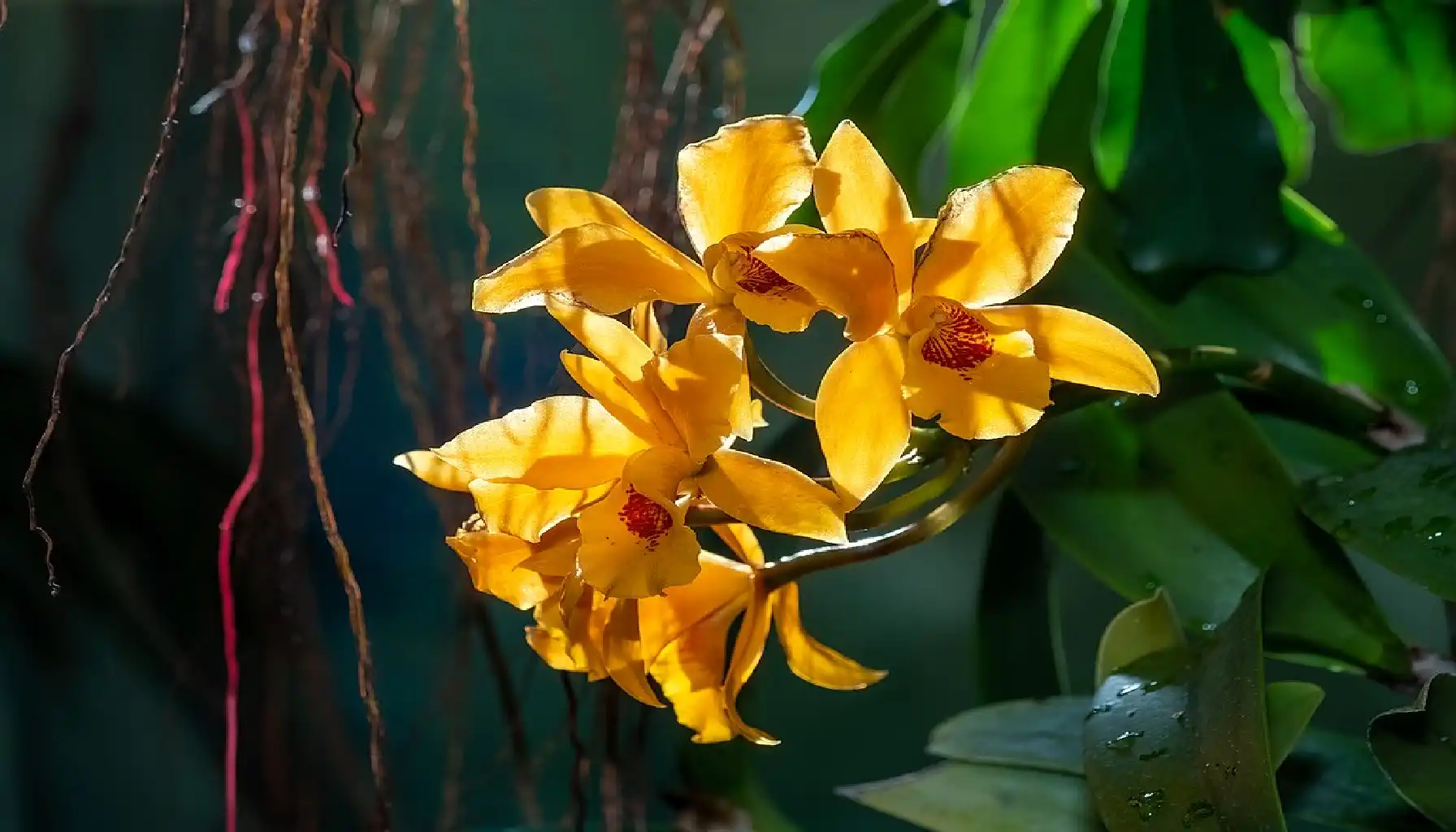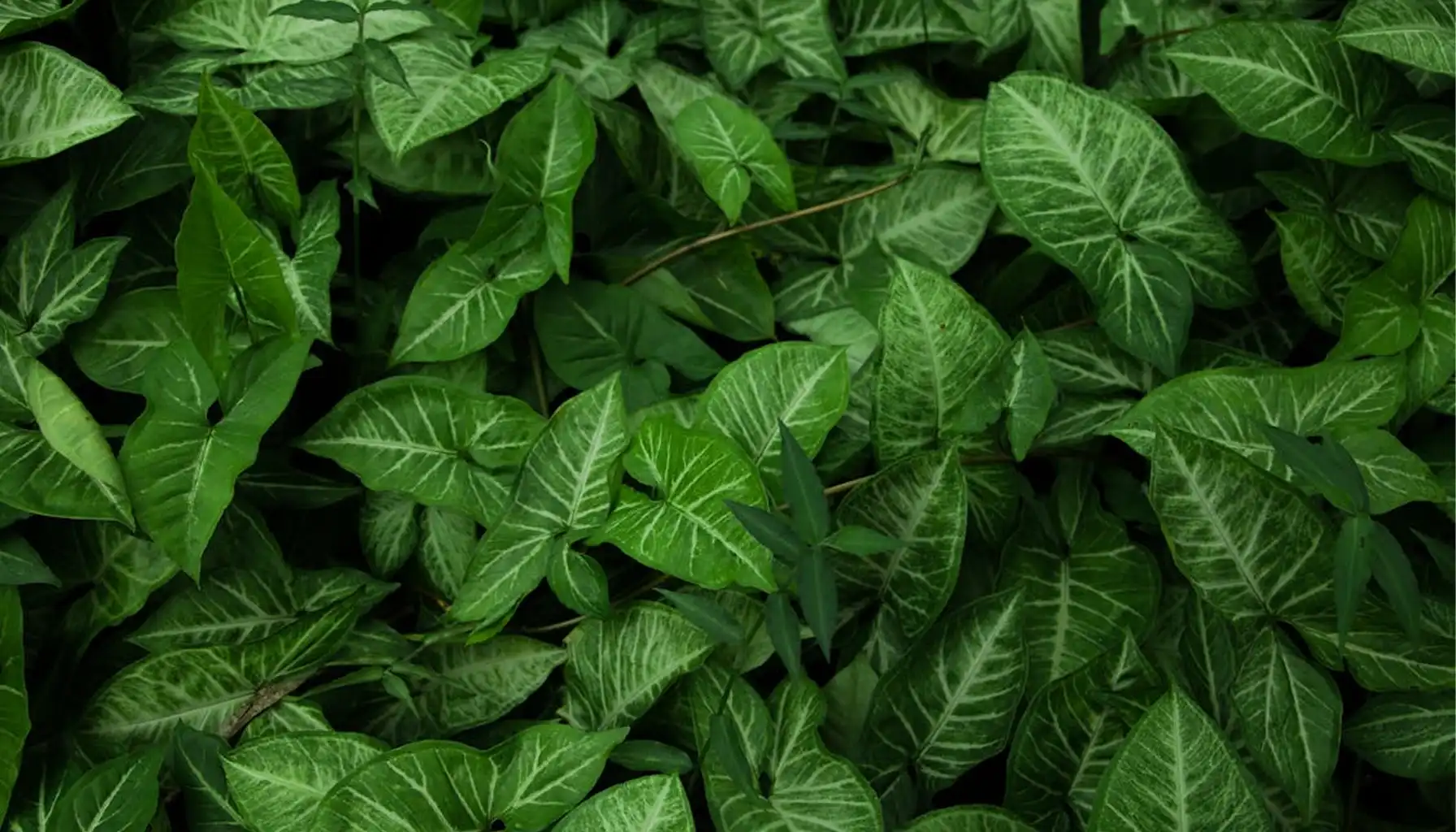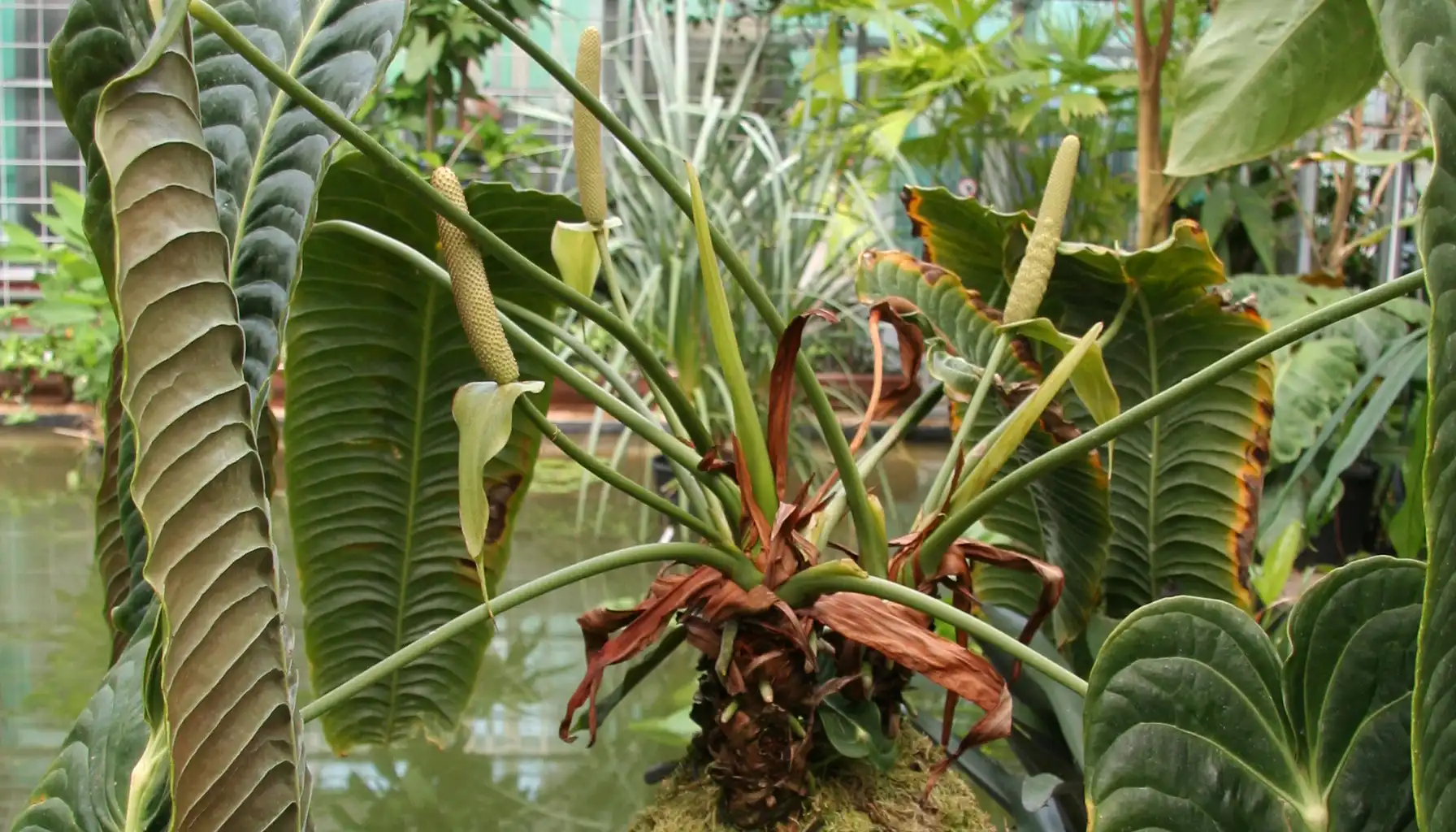.Hello to all lovers of greenery! In order for your green friends to delight you with their appearance, it is important to know how to properly care for them. It is a pity when a beautiful flower begins to wither due to improper watering or improper lighting.
In this guide for 2025, we have collected information for you about the 10 most popular indoor plants. Together we will try to identify the plants, understand their needs, and learn how to prevent common problems.
And for clarity, the article will contain pictures of common houseplants so that you know exactly what we are talking about. You will learn all about watering, lighting, transplanting, and other important nuances of care. In general, everything you need to know about types of common houseplants and how to make them feel at home with you!
10 Common Types of Houseplants
Common indoor houseplants can turn any interior into a green haven, filling it with freshness and comfort. They are not only pleasing to the eye, but also help to purify the air, create a comfortable atmosphere, and even lift the mood.
Snake Plant
This plant releases oxygen at night, making it an ideal companion for the bedroom.
By the way, if you have cats at home, it's worth considering that some common houseplants are toxic, and the snake plant, unfortunately, is one of them.
It is included in the list of the top 100 most common houseplants.
Care Conditions
Lighting | The snake plant is very tolerant of various lighting conditions. If you are looking for common low-light houseplants, then this is your ideal option. |
Watering | Water it only when the soil is completely dry. In winter, watering can be reduced to once a month or even less frequently. |
Optimal temperature | It feels great at room temperature (18-27 °C), is not afraid of temperature fluctuations and dry air, which makes it ideal for most apartments. |
Peace Lily
It is one of the common tropical houseplants with glossy, dark green leaves and graceful white flowers that look like sails.
And if you're looking for common flowering houseplants with a sophisticated look, then the peace lily is a great candidate.
Care Conditions
Light | The peace lily prefers diffused light. The bright sun can burn its leaves, and a lack of light will prevent it from blooming. |
Moisture | The peace lily likes moist soil, but does not tolerate stagnation of water. Water it when the topsoil is dry. |
Warning | If you have cats, it's worth remembering about common houseplants that are toxic to cats; unfortunately, a peace lily is also on this list. |
In order not to get confused by the variety, you can always search for common houseplant images on the Internet to make sure that you have correctly identified the type.
Ficus
This is a whole family of plants that includes a huge variety of species, from small indoor trees to large specimens that reach impressive sizes - the ideal common large houseplants.
Therefore, if you want to diversify your green collection, then common ficus houseplants will provide you with a huge selection!
Care Conditions
Light | Ficuses like bright, diffused light, but do not tolerate direct sunlight, which can burn their leaves. |
Watering | It is important to find a balance: do not overfill, but also do not allow the soil to dry out. Ficuses do not like sudden temperature changes and drafts, so be careful about their location in the house. |
Additional Tips
Wipe ficus leaves regularly with a damp cloth to remove dust and allow them to breathe.
And if you are having trouble with common houseplant identification, you can always contact a plant identifier on the Internet or a florist.
Unfortunately, ficuses, like many indoor plants, are susceptible to pest attacks.
If you notice small insects or sticky plaque on the leaves or stems, your ficus may have been attacked by common pests on houseplants, such as spider mites, scale, or mealybugs.
Peperomia
Peperomia is just a godsend among common houseplants, because it is compact, unpretentious, and very decorative.
If you are looking for common trailing houseplants, then some types of peperomia, for example, creeping peperomia (Peperomia serpens), are perfect for hanging baskets.
Also, peperomia usually refers to common houseplants safe for cats! This means that you don't have to worry about your pet's health.
Care Conditions
Light | Peperomia prefers bright, diffused light, but can withstand partial shade. Avoid direct sunlight, which can burn its delicate leaves. The ideal location is the east or north window. |
Watering | Peperomia belongs to the common succulent houseplants, so it does not need frequent watering. Water it only when the topsoil is dry. |
Succulents
They have adapted to life in arid conditions and have learned to store water in their leaves and stems.
Succulents come in a variety of shapes, sizes, and colors, which allows you to create incredibly beautiful and original compositions from them.
The list of 50 most common houseplants is sure to contain many different types of succulents.
Care Conditions
Watering | Succulents do not like excess moisture, so they should be watered rarely, but abundantly. Allow the soil to dry completely between waterings. |
Light | Succulents like bright light, but do not tolerate direct sunlight during the hottest hours of the day. |
Maintenance features | Succulents prefer dry air and do not need spraying. It is important to provide them with good ventilation to avoid the development of fungal diseases. A common problem with houseplants winter is overgrowth due to reduced growth intensity and lower moisture requirements. |
Cacti
These are succulents adapted to life in the driest regions of the world.
Some cacti look like small balls, others like tall columns, and others like bizarre sculptures.
If you want to add something unusual and unpretentious to your collection, then common cactus houseplants are a great choice.
Care Conditions
Lighting | Place them on the south window, where they can receive enough light throughout the day. |
Watering | In winter, during the dormant period, watering should be reduced to a minimum. It is important to use well-drained soil so that the water does not stagnate in the pot. |
Temperature | Cacti tolerate high temperatures well in summer, but in winter they need a period of rest at lower temperatures (10-15°C). |
Caring for cacti is not difficult, but it requires following several important rules: plenty of light, moderate watering, and cool wintering.
And remember that common cacti houseplants are not only spiky balls, but also many other interesting shapes and types.
Lotus
It is an aquatic plant with floating leaves and large, graceful flowers that symbolize purity, enlightenment, and spiritual rebirth.
Lotus is grown in ponds, ponds, and even in home aquariums.
Care Conditions
Water | The lotus needs clean, warm water. The water in the container must be changed regularly to avoid stagnation and bacterial growth. |
Light | The lotus needs a lot of sunlight. Place it in the sunniest place in your home. |
Like others, the lotus can be attacked by pests. It is important to regularly inspect the leaves and stems for common bugs on houseplants, such as aphids or scale. |
Green Dragon
Dracaena – with long, narrow leaves, which can be monophonic green or have stripes of different colors.
It is often used for landscaping interiors, as it has an elegant appearance and is able to create an atmosphere of a tropical oasis in the house.
Dracaena fits perfectly into any interior, from classic to modern, and can become a bright accent in a room.
If you are looking for something for hanging baskets, then dracaena is certainly not the most suitable option. In this case, it is better to pay attention to common vining houseplants such as tradescantium or ivy.
Care Conditions
Light | Dracaena prefers bright, diffused light. Direct sunlight can burn its leaves. |
Humidity | Dracaena likes humid air, so it is recommended to spray its leaves with water regularly. |
Watering | Dracaena does not tolerate waterlogging, so it should be watered moderately, allowing the soil to dry out a little between watering. |
Fern
Ferns are some of the oldest on Earth, which existed before the dinosaurs.
They differ in a variety of shapes and sizes, and their delicate leaves create a unique decorative effect.
If you want to add a bit of mystery and natural beauty to your home, then common fern houseplants are a great choice.
Care Conditions
Moisture | Ferns are moisture–loving plants, so they need high humidity. |
Light | Ferns prefer diffused light and do not tolerate direct sunlight. |
Soil | Ferns need loose, moisture-intensive, and well-drained soil. |
Orchids
Care Conditions
Heat and humidity | Most orchids are native to the tropics, so they love warmth and humidity. |
Proper watering | It is necessary to water the orchid only when the substrate is completely dry. It is best to water by immersion. Avoid getting water on the leaves and flowers of orchids, as this can lead to their rotting. |
AI Plant Finder Related Posts:
